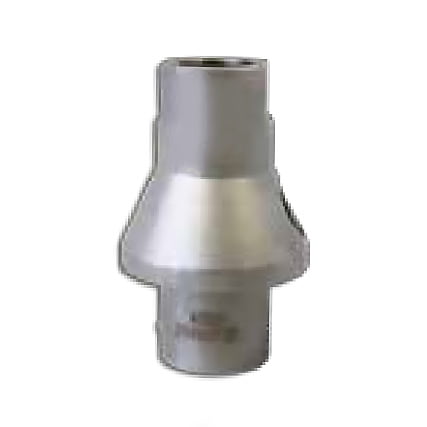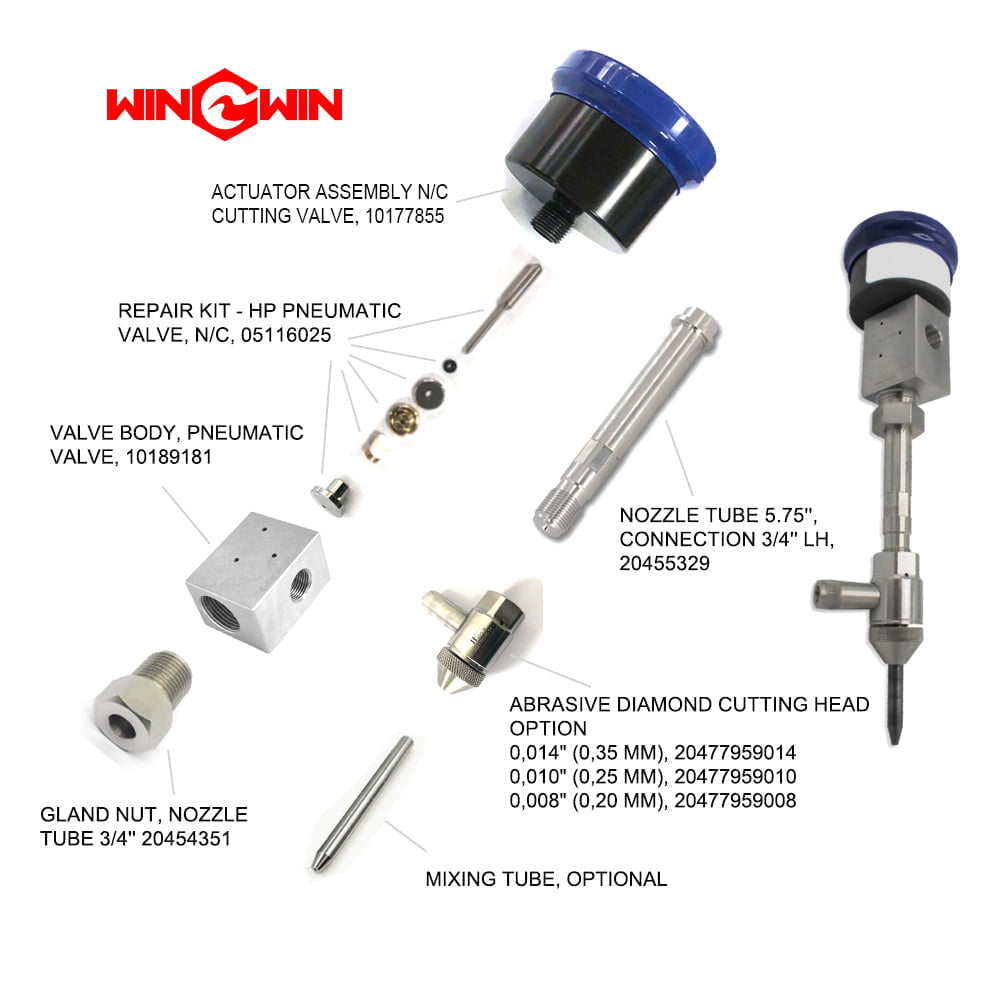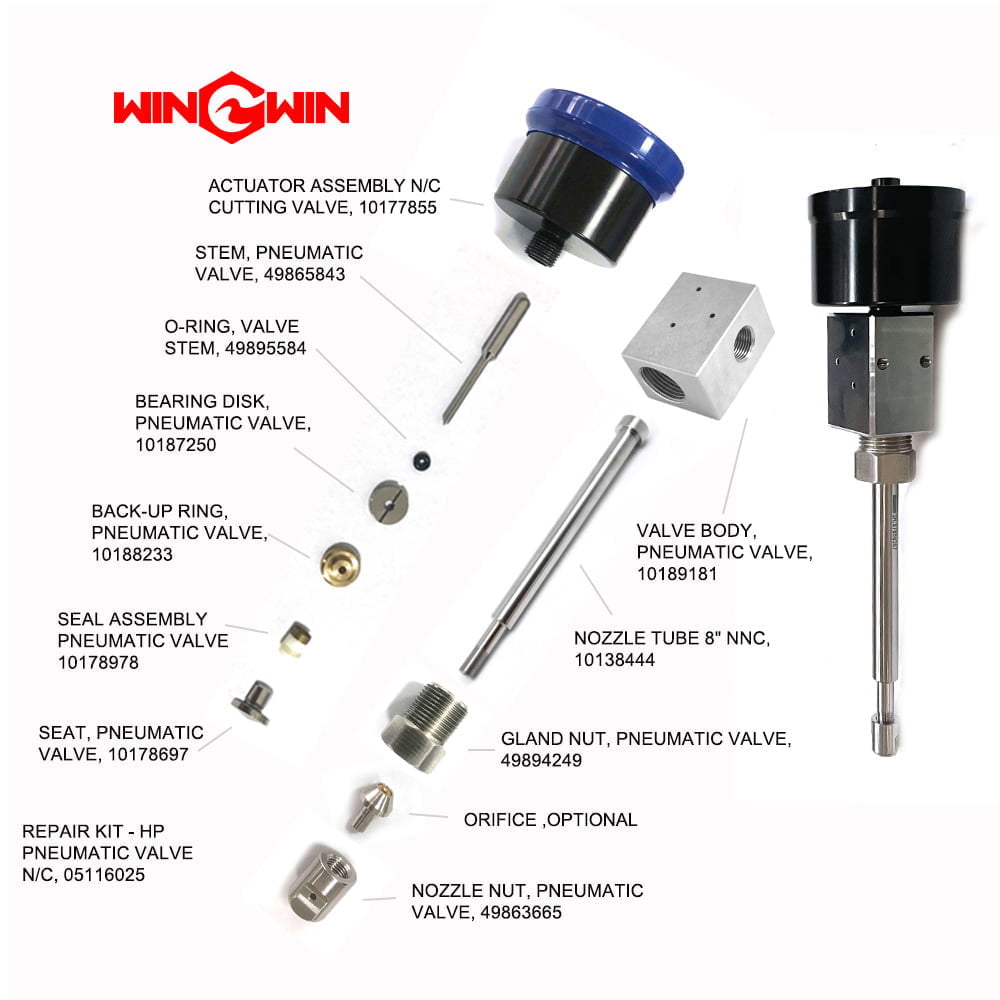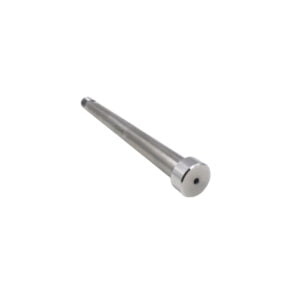Description
Waterjet Edge Quality: Achieving Tight Tolerances and High-Speed Cutting
Are you looking for a highly versatile cutting method that can handle a wide range of materials, with the ability to produce intricate designs and precise cuts?
If so, waterjet cutting may be the solution you’re looking for.
In this page, we will explore how waterjet cutting achieves tight tolerances and high-speed cuts, and the factors that influence them, including the advanced cutting head controller 20480732 AUTOLINE PRO.
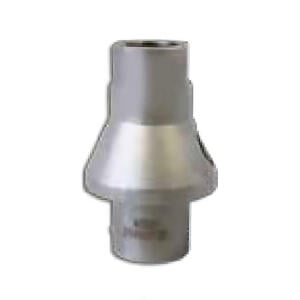
How Does Waterjet Cutting Achieve Tight Tolerances?
Waterjet cutting is known for its ability to produce parts with incredibly tight waterjet tolerances.
In fact, some waterjet systems are capable of creating parts with tolerances as small as 0.001 inches (0.025 millimeters).
Achieving these tight tolerances requires careful attention to several factors, including the width of the waterjet Kerf, the minimum radius for a waterjet cut, and the minimum wall thickness for waterjet cutting.
What is the Waterjet Kerf Width and How Does it Affect Precision?
The width of the waterjet Kerf can vary depending on several factors, including the pump pressure, application, required precision, and cutting edge specifications.
Typically, the Kerf falls within the range of 0.030 to 0.040 inches (0.76 to 1.02 millimeters).
This width is determined by the diameter of the nozzle and the pressure of the water stream.
By adjusting these factors, manufacturers can achieve the desired Kerf width and precision.
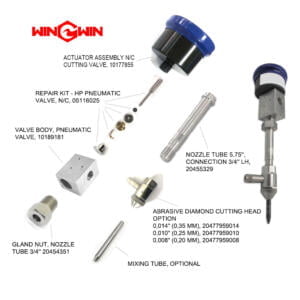
What is the Minimum Radius for a Waterjet Cut?
Inside corners with a radius of .020 inches or less can typically be cut using waterjets.
Additionally, the ability to nest parts closely together is another advantage of waterjet cutting.
With the ability to cut parts with only 1/8 inch of space between them, manufacturers can optimize material usage and improve production efficiency.
What is the Minimum Wall Thickness for Waterjet Cutting?
Achieving tight waterjet tolerances requires careful consideration of the minimum wall thickness for the material being cut.
Generally, waterjet cutting is more suitable for thicker materials, with a thickness range of 0.4 to 2.0 inches (10 to 50 millimeters).
Attempting to cut materials that are too thin may result in damage to the workpiece due to the pressure of the waterjet.
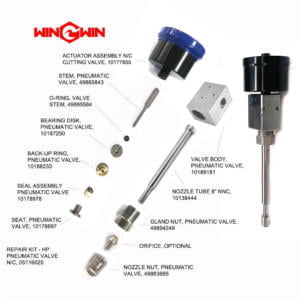
How Does Waterjet Cutting Achieve High-Speed Cuts?
The speed of waterjet cutting is influenced by several factors, including the power of the pump, the material being cut, the geometry of the part, the desired surface finish, and the cutting head controller being used.
1. Power of the Pump
When it comes to the power of the pump, a higher horsepower results in a faster cutting speed.
This is because more horsepower allows for more water to flow through the nozzle, which in turn allows for more efficient induction of abrasive particles into the stream and faster cutting.
2. Material Being Cut
The cutting speed can be influenced by the type of material, as harder materials are generally more difficult to cut and may require slower cutting speeds.
Despite this, abrasive waterjet cutting is a highly versatile process that can be used to cut a wide range of materials without the need for special coatings or other considerations.
3. Thickness of the Material
The thickness of the workpiece can also impact cutting speed. Thicker materials usually require slower cutting speeds to ensure a quality cut, while thinner materials can be cut more quickly.
4. Geometry of the Part
The geometry of the part being cut also affects the cutting speed, with simpler shapes being cut more quickly than complex ones.
However, advanced cutting head controllers can optimize cutting performance and increase precision, allowing for faster production and reduced consumables cost.
5. Desired Surface Finish
The desired surface finish of the part also influences cutting speed, with higher waterjet edge quality finishes taking longer to achieve.
However, waterjet cutting can often produce high-quality finishes without the need for secondary machining, saving time and increasing efficiency.
Waterjet Cutting Speed Chart:
Matériel | Épaisseur de coupe | Water pressure MPa | Nozzle aperture water abrasive mm | Vitesse de coupe m/min |
Carbon Steel | 12, 50 | 350 | 0.25/0.76 | 0.4, 0.1 |
Stainless Steel | 13, 25 | 350 | 0.25/0.76 | 0.4, 0.2 |
Titanium | 3.2, 6.4 | 350 | 0.25/0.76 | 0.8, 0.6 |
Aluminum | 12, 100 | 350 | 0.25/0.76 | 0.6, 0.12 |
Ductile Iron | 15 | 350 | 0.25/0.76 | 0.4 |
Laminated paper | 12 | 309 | 0.25 | 3.5 |
Gypsum board | 15 | 294 | 0.15 | 20 |
Rubber | 15 | 377 | 0.17 | 12 |
Silicone rubber | 12 | 377 | 0.12 | 3 |
Hard rubber | 19 | 309 | 0.25 | 6 |
Fabric | 20 | 309 | 0.18 | 3 |
Fiber fabric | 20 | 377 | 0.20 | 6 |
| Leather | 1 | 343 | 0.15 | 30 |
What Cutting Head Controller is Needed for Waterjet Cutting?
Up-to-date cutting head controllers are crucial for optimizing cutting performance and increasing speed.
Manufacturers should use cutting head controllers that are designed specifically for waterjet cutting and regularly update them to take advantage of new optimizations and refinements.
The 20480732 AUTOLINE PRO cutting head controller from WINWIN Waterjet Systems is one such controller that provides intelligent and efficient programming.
It helps manufacturers achieve high-speed and high-quality cutting results.
The AUTOLINE PRO controller allows for easy and efficient programming of complex cutting paths, with features such as collision detection, dynamic height sensing, advanced piercing, and cutting optimization.
These features help to reduce scrap material and increase production efficiency, making waterjet cutting more cost-effective for manufacturers.
By utilizing the AUTOLINE PRO controller, manufacturers can achieve precise and high-speed cuts with their waterjet cutting machines.
This controller is compatible with a range of WINWIN waterjet pumps and cutting heads, making it a versatile solution for a variety of cutting applications.
Overall, waterjet cutting is a highly versatile cutting method that can achieve tight waterjet tolerances and high-speed cuts.
Achieving these results requires careful consideration of several factors, including the width of the waterjet Kerf, the minimum radius for a waterjet cut, and the minimum wall thickness for waterjet cutting.
Additionally, advanced cutting head controllers such as the 20480732 AUTOLINE PRO can optimize cutting performance and increase efficiency, making waterjet cutting a cost-effective solution for manufacturers.
If you have any other questions about waterjet edge quality et waterjet tolerances, welcome to Contactez-nous.

